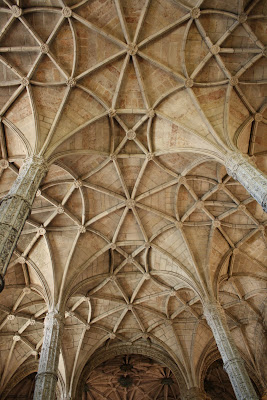The whole story originated in the realization that there are two things that once part of your personal space, it’s impossible to go back to living without them: 1: A walk-in closet; and 2: A garden or a patio. As for the past two years I have been enjoying both of these luxuries, I am of course tormented by the perspective of having to give them up.
As I know I’ll be living in a 30-storey hi-rise in Milan as of mid-January, I have already started obsessing over ways to bring in a little patch of nature with me. Coincidentally, I have also recently taken a tour of the USGBC headquarters in DC and found out about the extensions of biophilia theories in interior design.
The biophilia hypothesis, launched by Edward O. Wilson in 1984, suggests that there is an instinctive bond between human beings and other living systems. In architecture, this bond is expressed in various ways that we all heard about more or less: from Louis Sullivan, Frank Lloyd Wright, or Buckminster Fuller theories, to biomimicry (biomimetics, bio-inspiration, or examining nature for solutions to our human problems), and to the bionic architecture of María R. Cervera and Javier Pioz, as well as other countless explorations.
I didn’t however know that, for example, when lighting conditions or other reasons preclude the introduction of life-enhancing plants, designers sometimes provide biophilic analogues — such as treelike forms — that are supposed to induce similar feelings for their users. The USGBC headquarters has a few of these attempts of tricking the human brain into feeling close to nature by printing huge textile panels with tree-shaped graphics.
In lack of any feng shui inclinations, biophilia got me excited. I started searching feverishly for small gardens that can accommodate a few plants in a dense urban environment.
First there is this living wall I found in a tiny backyard in Lisbon. It belonged to a gourmet café next to Convento do Carmo. We stormed into the establishment after my husband had sat on a bench covered in pigeon waste, thinking it was the natural pattern of the marble (needless to say, he has myopia). It was probably one of the few places on earth where someone can walk in covered in pigeon poop and not feel embarrassed; just very laid back and intimate…

Then there is the famous crack garden, recipient of a 2009 ASLA honor award in the residential category. It reminds me of the cracks in the Bucharest sidewalks, where old tree roots have torn the asphalt and brought out enough dirt to provide a growth medium for little weeds and insects.

Jardin de la Connaissance: 100Landschaftsarchitektur; Quebec, Canada. This one is serious, and there’s a lot of sexy philosophy behind it, but that’s not why I’m into it. I simply find the idea of having a mushroom garden charming, as well as the idea of having a book as the growth – or host – medium of a garden. It makes me think of the démodé habit of keeping pressed flowers of romantic provenience in pious religious books.
Stepping down from the realm of conceptual art, and getting serious about my anticipated hi-rise situation, I found a series of pots that are worth attention, such as Thelermont Hupton's Off the Wall Mini Plant Pot; Racine Carré’s Haute Culture Chlorophylle Mini Garden; and Tsutoma Iseya's Eggling - Crack 'n' Grow tiny ceramic shells (all at A+R Store: aplusrstore.com).
However, it is not until I came across the micro terrariums that my biophilic expectations were completely fulfilled. There are countless options, so I am only exhibiting my favorite.
The aeriums from Flora Grubb gardens (floragrubb.com) have modest prices and are delicate and whimsical.
The aeriums from Flora Grubb gardens (floragrubb.com) have modest prices and are delicate and whimsical.
Matteo Cibic's Domsai Terrariums (aplusrstore.com) are my favorite, as besides a tiny garden they also deliver a smile. The price tag is high though – but that’s always the case with the objects that debuted at Milan’s Design Week. 

Finally, the Litill terrariums (litill.com) combine glass art with a stunning level of detail, and exert the fascination of a magic crystal ball.











































